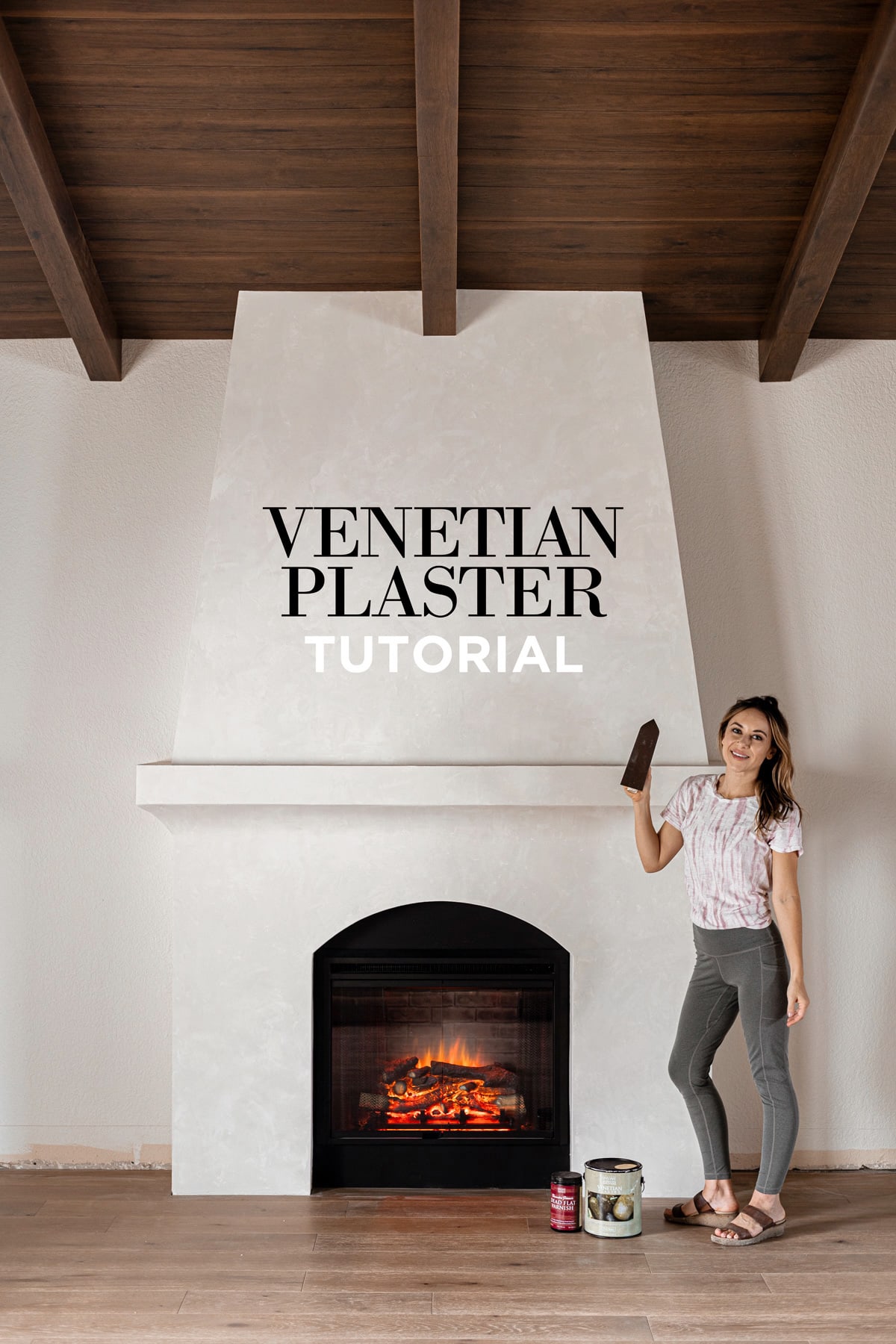Yes, it is possible to plaster over wallpaper. However, it is not recommended as many issues can arise.
Plastering over wallpaper may seem like a quick and easy option for hiding outdated or damaged wallpaper, but it can cause problems in the long run. The weight of the plaster can cause the wallpaper to loosen and peel over time, resulting in unsightly bumps and lumps on the wall.
Additionally, if the wallpaper is textured or has a pattern, it may show through the plaster finish. It is always best to remove the wallpaper before plastering to ensure a smooth and even surface for the new finish. If you do choose to plaster over wallpaper, be sure to consult with a professional and take extra caution to avoid any potential hazards.

Credit: www.jennasuedesign.com
Benefits Of Plastering Over Wallpaper
Plastering over wallpaper is a cost-effective and time-saving solution. You don’t need to spend money and time on wallpaper removal. Plastering can cover up any damage or marks left behind by the wallpaper. It also allows you to create a smooth surface on textured walls.
Moreover, plastering can give your walls a unique and inviting look. By plastering over wallpaper, you save time without having to remove the wallpaper altogether. This technique is easy to use and can give your walls a fresh and new look.
So why not try plastering over wallpaper and create a brand new look for your walls?
Materials Needed
If you’re wondering whether plastering over wallpaper is possible, the answer is yes. To do so, you will need a few materials, including plaster, sandpaper, a trowel or plastering knife, a scraper, a paintbrush and water. Start by preparing the surface by sanding down the wallpaper and washing away any dust or debris.
Mix the plaster according to instructions and apply in thin layers, smoothing out with your trowel or knife. The number of layers will depend on the thickness of the wallpaper. Once dry, use sandpaper to smooth out any bumps or imperfections.
Finally, apply a coat of paint or wallpaper over the plaster once it’s fully cured. Plastering over wallpaper can be a quick way to update a room, but be sure to follow these steps carefully for the best results.
Frequently Asked Questions On Can You Plaster Over Wallpaper
Can You Plaster Over Wallpaper Without Removing It?
Yes, you can plaster over wallpaper without removing it, but it’s not recommended. The plaster may not bond well with the wallpaper, and the final finish may not look smooth or even. It’s always best to remove the wallpaper before plastering for a professional and long-lasting finish.
How Do You Prepare Wallpapered Walls For Plastering?
To prepare wallpapered walls for plastering, you need to first remove any loose or peeling wallpaper. Next, score the wallpaper with a wallpaper scoring tool and apply a wallpaper stripper. Gently scrape off the wallpaper and wash the walls with warm water.
Allow the walls to dry completely before applying plaster.
Can I Skim Coat Over Wallpaper?
Yes, you can skim coat over wallpaper, but it’s not recommended. The skim coat may not stick well to the wallpaper, resulting in an uneven finish. It’s best to remove the wallpaper before skim coating for a smooth and even finish.
Do I Need To Prime Before Plastering Over Wallpaper?
Yes, it’s essential to prime before plastering over wallpaper. A primer will create a surface that the plaster can bond to, ensuring a strong and durable finish. Use a high-quality primer suited to the type of wallpaper and surface you’re working with for the best results.
Is It Cheaper To Plaster Over Wallpaper?
No, plastering over wallpaper is not cheaper than removing the wallpaper first. Plastering over wallpaper may result in a poor finish, leading to extra time and money spent fixing the issues. Removing the wallpaper before plastering ensures a quality and professional finish, ultimately saving you time and money in the long run.
Conclusion
After all that we have discussed, it is evident that plastering over wallpaper is not an impossible task. However, it requires careful evaluation of the condition of the existing wallpaper and its compatibility with the underlying wall surface. While it might seem tempting to take the easy route of plastering over wallpaper instead of removing it completely, it is essential to ensure that this does not compromise the quality and longevity of the plaster job.
It is recommended to seek professional help to assess the situation and provide recommendations based on the specific situation. Ultimately, the choice to plaster over wallpaper is a personal one that should consider the practicality, aesthetics, and long-term maintenance aspects of the project.
